In a world where time is both a relentless companion and an elusive concept, the art of horology stands at the intersection of precision and passion. Watches, those intricate instruments that adorn our wrists, serve not only as keepers of time but also as canvases for creativity and craftsmanship. From the sleek elegance of stainless steel to the warm allure of wood, the materials that compose these timepieces reflect the diversity of both nature and human ingenuity. As we delve into the realm of watchmaking, we’ll explore the myriad materials that define modern timepieces, uncover the meticulous craftsmanship behind their creation, and gain a deeper appreciation for the artistry involved in crafting these wearable works of art. Join us on this journey as we unveil the secrets and stories woven into every tick and tock.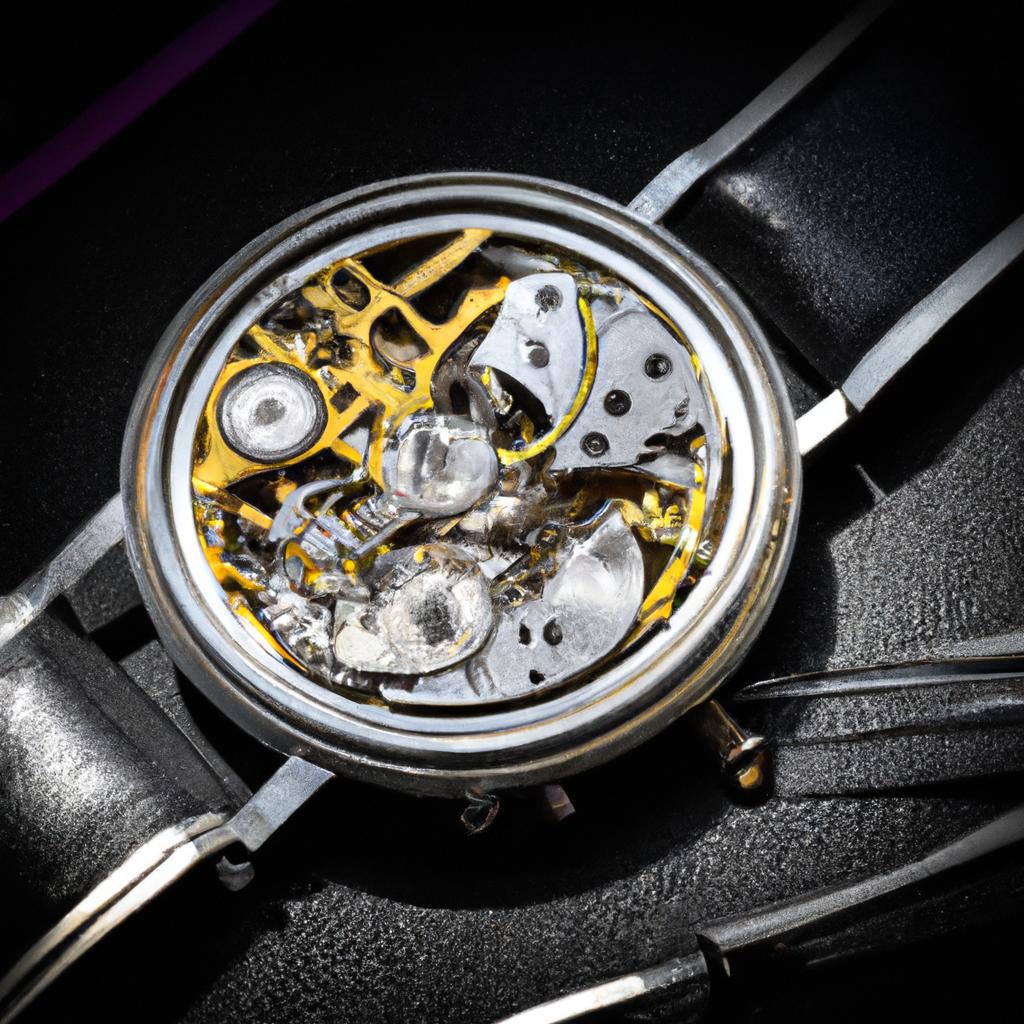
The Art of Horology: Delving into Craftsmanship Techniques that Define Luxury Watches
The realm of luxury watchmaking is a sophisticated blend of artistry and technical prowess, where each component is meticulously crafted to achieve not only functionality but also aesthetic elegance. At the heart of this process lies the intricate mechanisms that define horology. **Crafters** utilize a variety of time-honored techniques such as hand-finishing, where artisans skillfully polish the surfaces of movements to achieve a sublime shine, or **chamfering**, which creates beautiful bevels. Additionally, the innovation of **micro-engineering** has allowed for the development of smaller, more precise components, enhancing the performance of timepieces while preserving their classic charm.
Beyond the mechanical ingenuity of watchmaking, the selection of materials plays a pivotal role in conveying luxury and exclusivity. From the lustrous allure of 18k gold to the rugged appeal of titanium, the choice of material reflects both the watchmaker’s vision and the wearer’s lifestyle. Here are some of the prized materials used in luxury watches:
- Stainless Steel: Valued for its durability and resistance to corrosion.
- Sapphire Crystal: Provides scratch resistance while offering clarity.
- Leather Straps: Adds a touch of elegance and comfort, often sourced from exotic hides.
- Carbon Fiber: Lightweight yet strong, perfect for sporty designs.
| Material | Properties |
|---|---|
| Gold | Luxurious, malleable, and timeless. |
| Platinum | Rare, heavy, and hypoallergenic. |
| Tool Steel | Exceptional strength and resistance to wear. |

Material Matters: An In-Depth Look at Innovative Materials Shaping Modern Timepieces
In the world of horology, the evolution of materials has played a pivotal role in transforming the watchmaking industry. From the lustrous sheen of 18k gold to the sleek durability of ceramic, modern timepieces utilize a diverse array of materials that not only enhance aesthetic appeal but also significantly improve functionality. Materials such as carbon fiber, renowned for its lightweight yet robust nature, are instrumental in crafting sports watches designed to endure the rigors of adventure. Meanwhile, sapphire crystal has emerged as a standard bearer for watch faces, offering remarkable scratch resistance and clarity, allowing the intricate details of watch dials to shine through with brilliance.
Beyond traditional choices, the innovation in watch materials continues to push boundaries, with some brands opting for recycled metals and biodegradable plastics to meet sustainability goals. Each unique material embodies a fusion of form and function, leading to enhanced performance metrics. To illustrate this remarkable diversification, consider the following table showcasing examples of materials and their distinct properties:
| Material | Properties |
|---|---|
| Titanium | Lightweight, corrosion-resistant, hypoallergenic |
| Stainless Steel | Durable, versatile, classic finish |
| Bronze | Develops a unique patina, robust |
| Silicone | Comfortable, flexible, often used in straps |
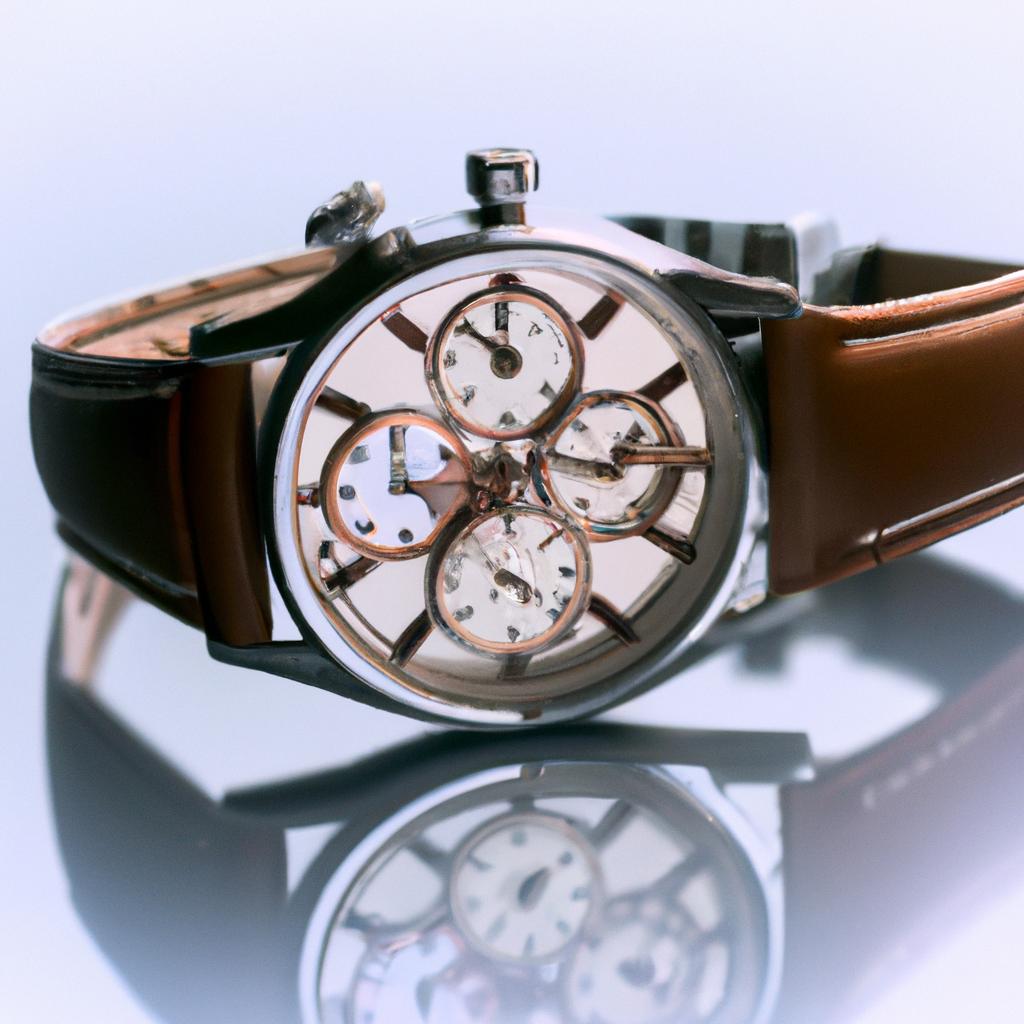
From Classic to Contemporary: Recommendations for Watch Collectors Based on Material and Style
When it comes to watch collecting, the allure of materials can lead enthusiasts on a captivating journey through various epochs of design. **Bronze** has emerged as a contemporary favorite, offering a rustic yet commanding presence. It develops a unique patina over time, making each piece distinct and adding a story to its appearance. In contrast, **stainless steel** remains a stalwart choice for classic elegance and durability. Brands like Rolex have perfected the use of this timeless material, creating pieces that withstand the test of trends while boasting unmistakable luxury. Consider exploration of **titanium** as well, which provides an ultra-lightweight option imbued with strength, ideal for adventurous spirits and those seeking comfort without compromising style.
When analyzing styles, collectors shouldn’t disregard the impact of dial design and watch complications such as chronographs or moon phases. **Minimalist** designs have gained traction, characterized by clean lines and muted color palettes, perfect for contemporary aesthetics. On the flip side, **vintage-inspired models** often draw from mid-20th century influences, showcasing elaborate dials and traditional craftsmanship. A thoughtful mix of these styles can make for a well-rounded collection. Below is a summary of watch materials and styles to consider when curating your assortment:
| Material | Style | Key Features |
|---|---|---|
| Bronze | Contemporary | Unique patina, rugged feel |
| Stainless Steel | Classic | Durability, understated luxury |
| Titanium | Sporty | Lightweight, corrosion-resistant |
| Ceramic | Futuristic | Scratch-resistant, modern look |
Key Takeaways
As we conclude our journey through the intricate world of horology, it becomes clear that the allure of timepieces extends far beyond mere functionality. Each watch, regardless of its materials or craftsmanship, carries with it a story—woven into the fabric of time, culture, and innovation. From the glimmer of precious metals to the resilience of synthetic compounds, every element plays a vital role in shaping not only the aesthetics of a watch but also its purpose and legacy.
In exploring the diverse materials that adorn these marvels of engineering, we have witnessed how tradition meets modernity on the wrist of the wearer. The artistry of craftsmanship, whether in hand-finished mechanics or cutting-edge technology, speaks to the dedication and passion of those who create them. As you venture into the world of watches, may you appreciate the delicate dance of history and innovation, the blend of art and science, and the unique character that each timepiece embodies.
Ultimately, every tick of the second hand serves as a reminder that time is not just measured but experienced—every moment a treasure to be cherished. So, as you navigate your own journey through time, let the stories told through your chosen wrist companion inspire you to savor each second, for within the gears and materials lies a testament to human ingenuity and the timeless quest to capture time itself.



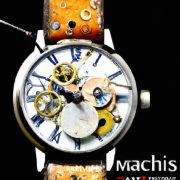











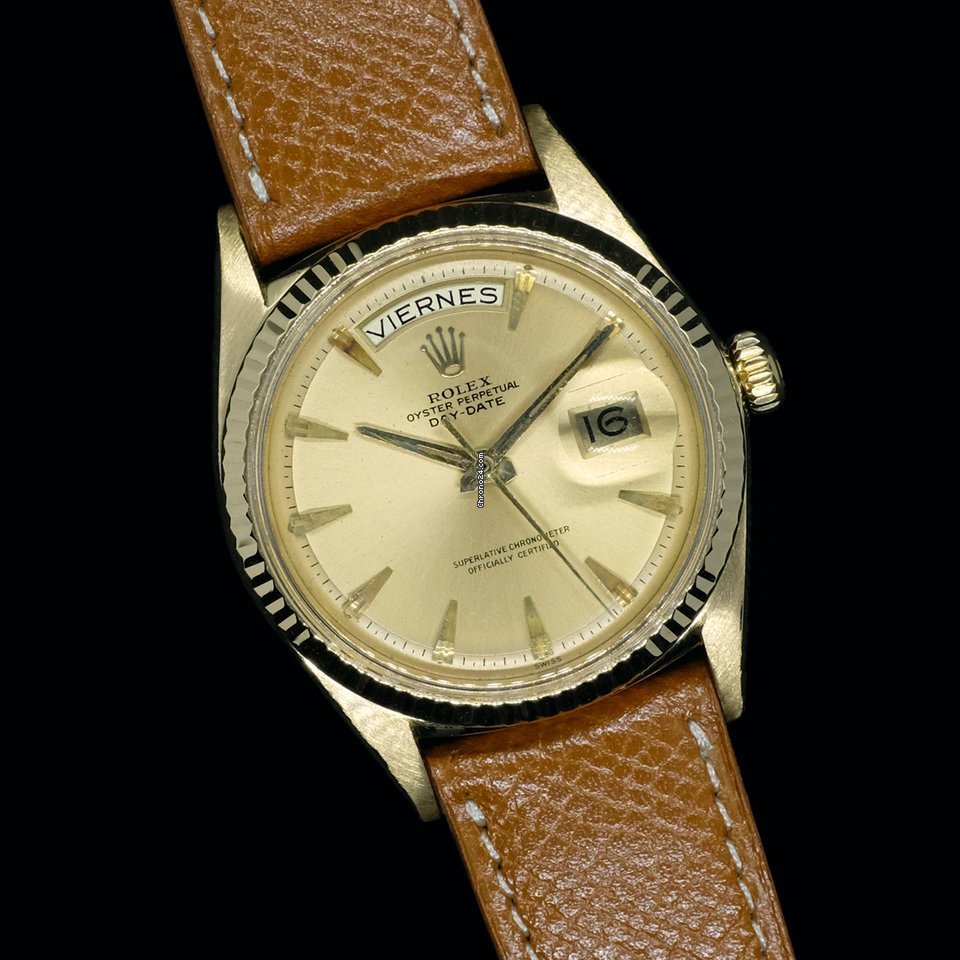

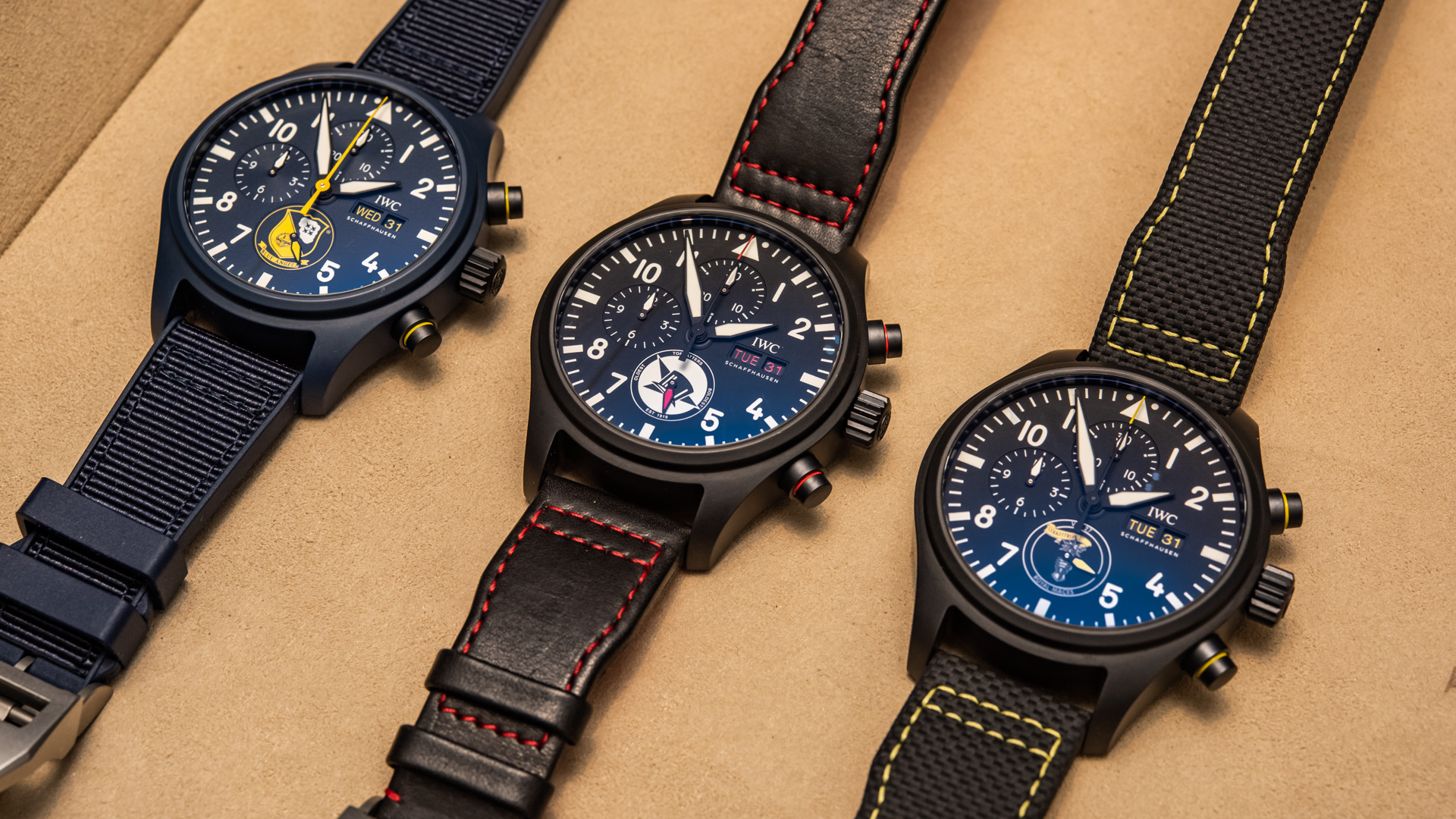
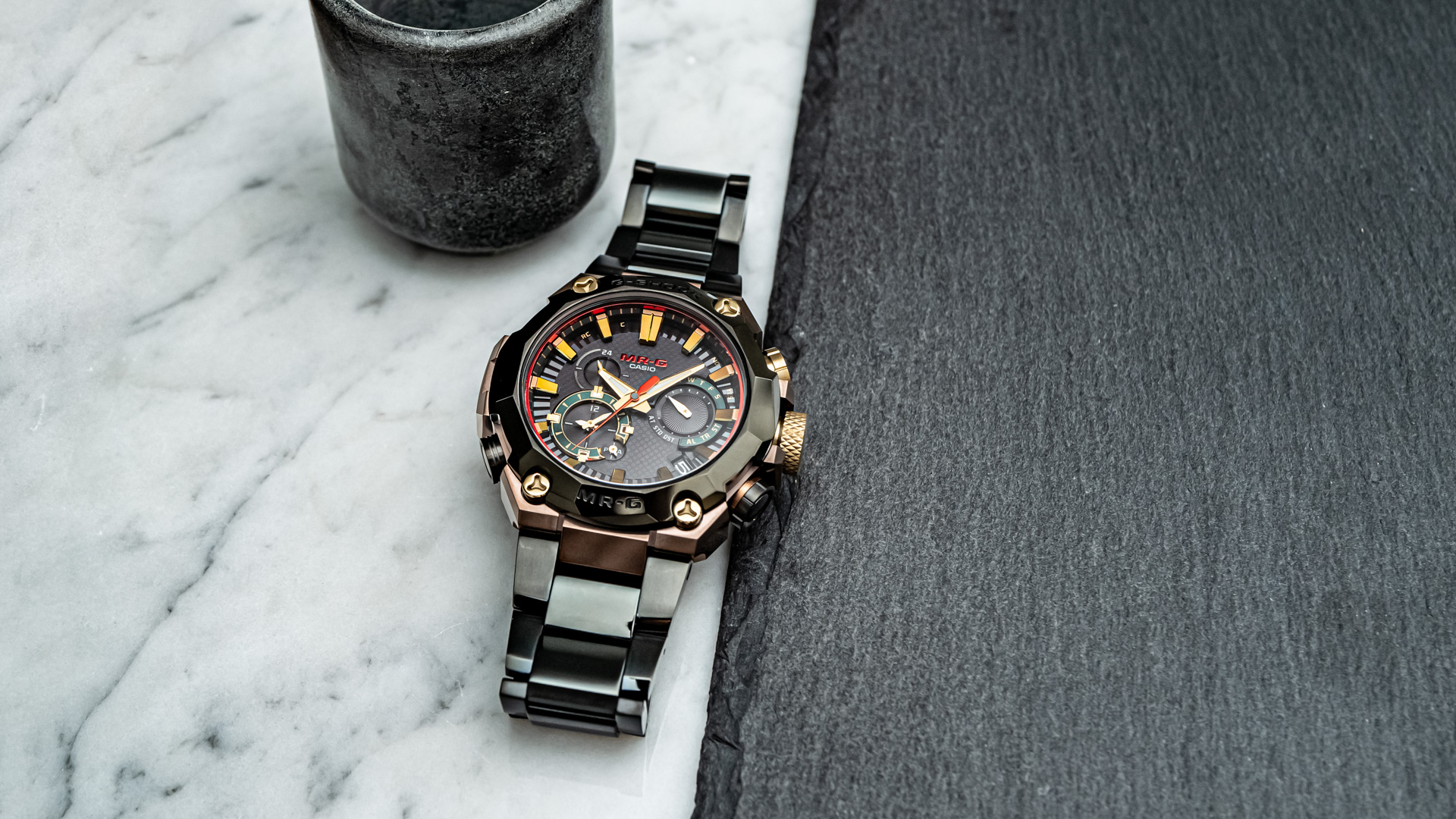
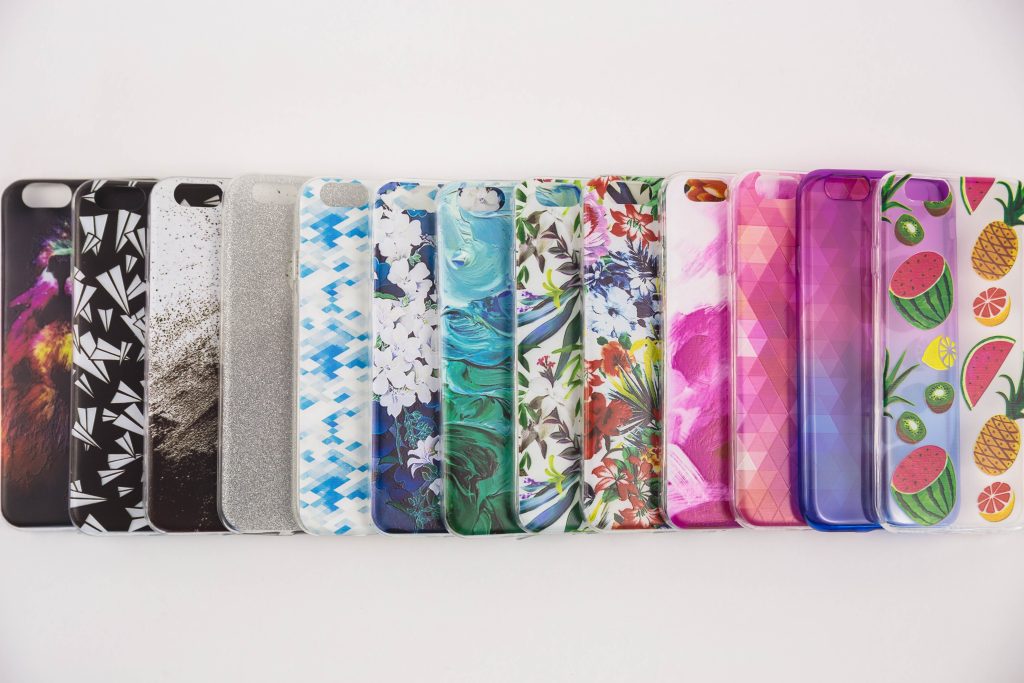

Comments